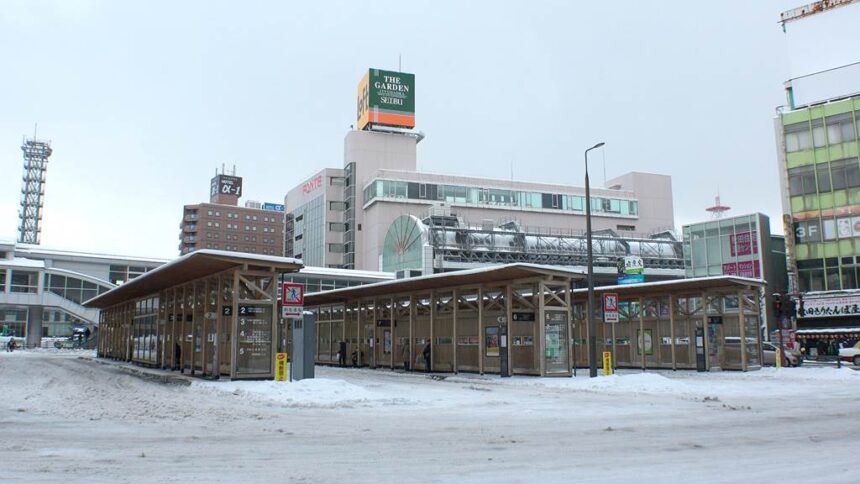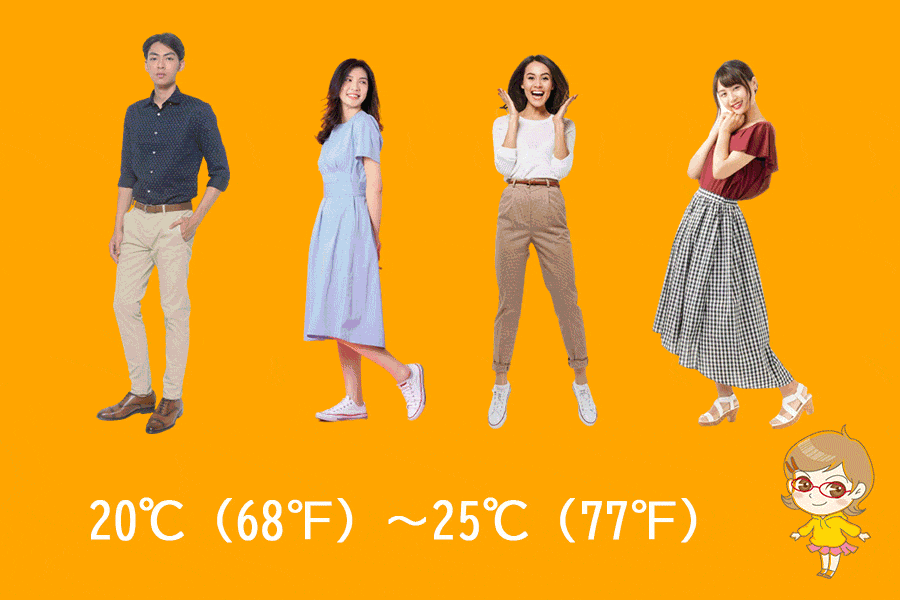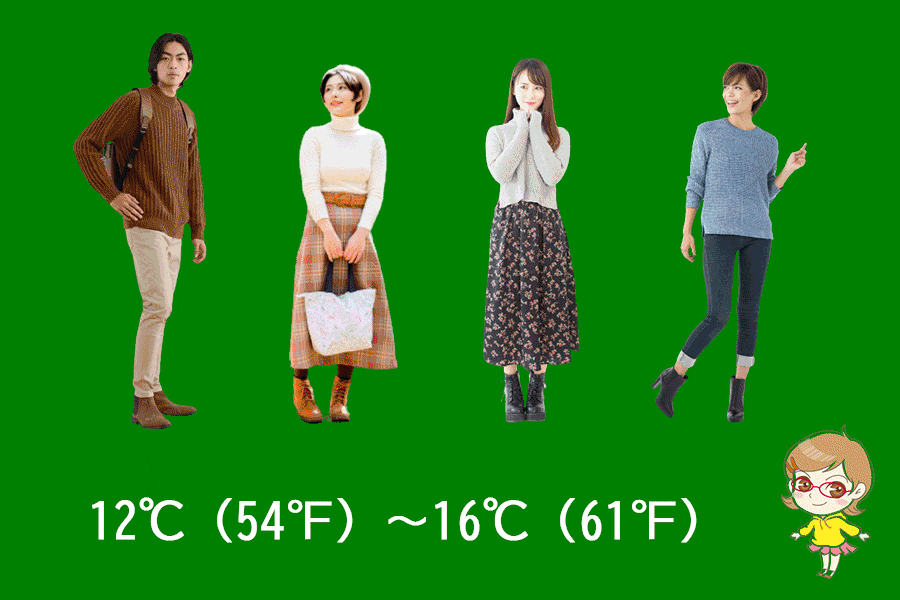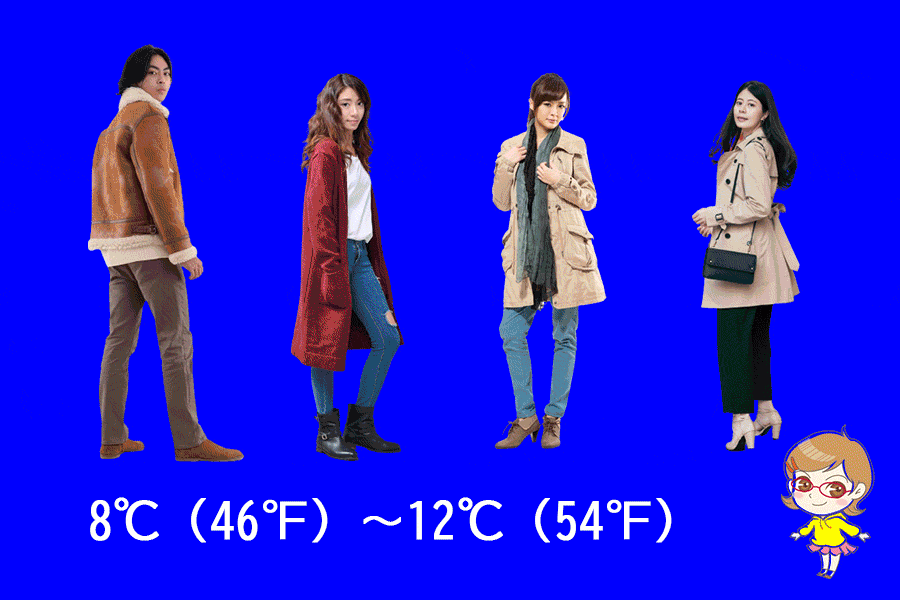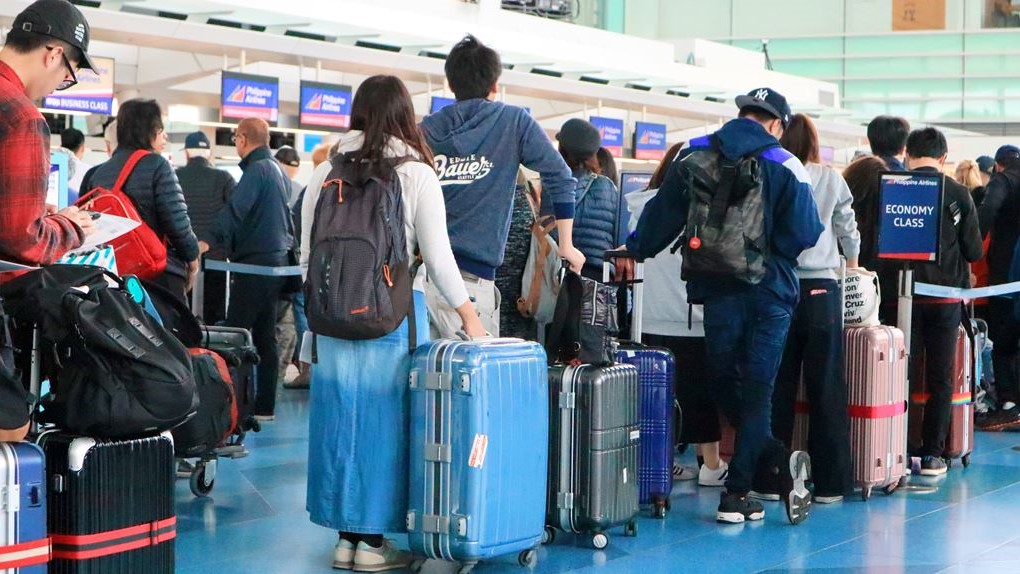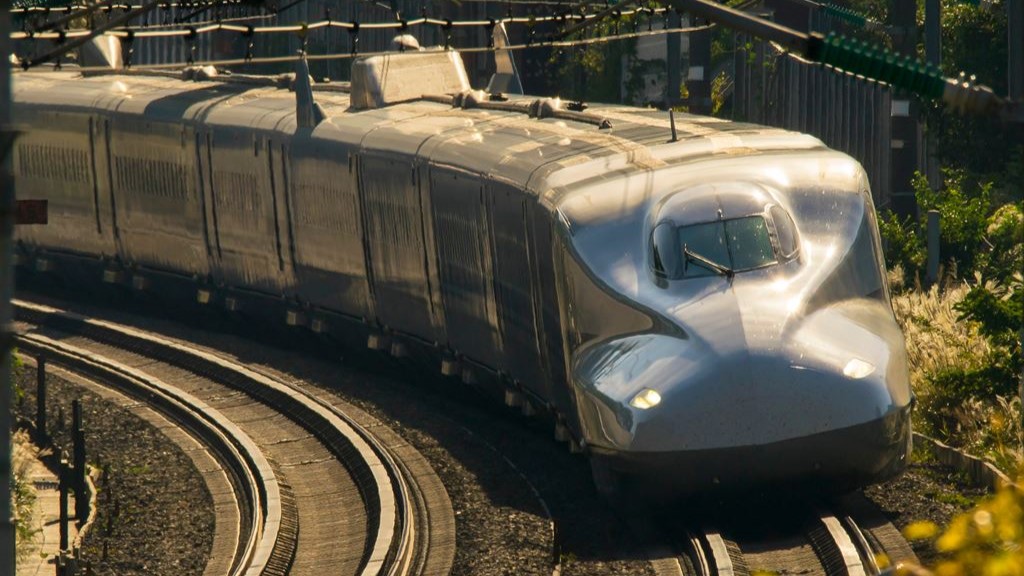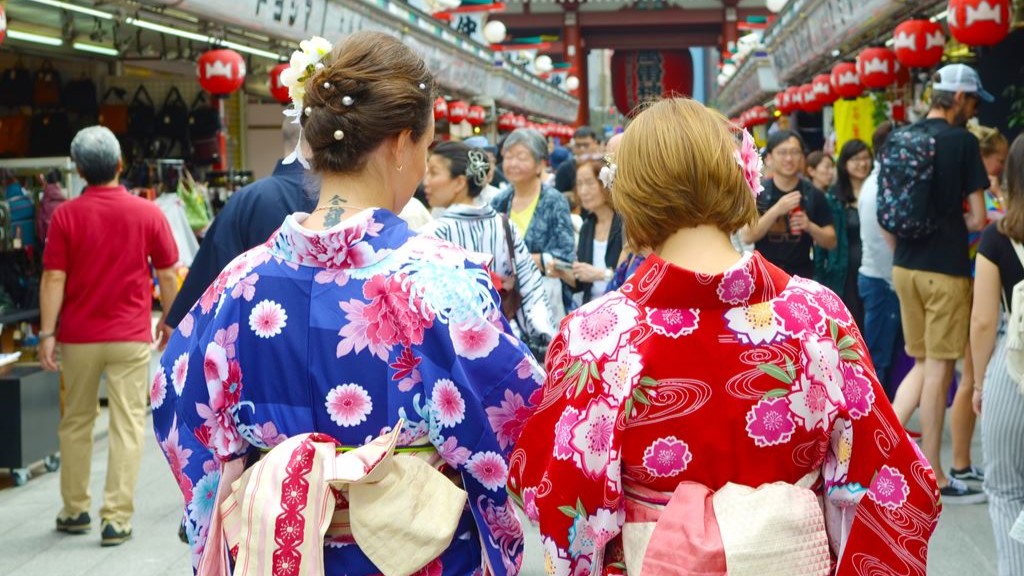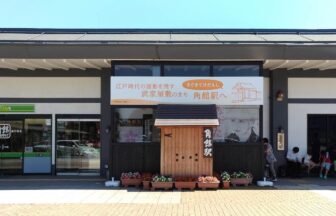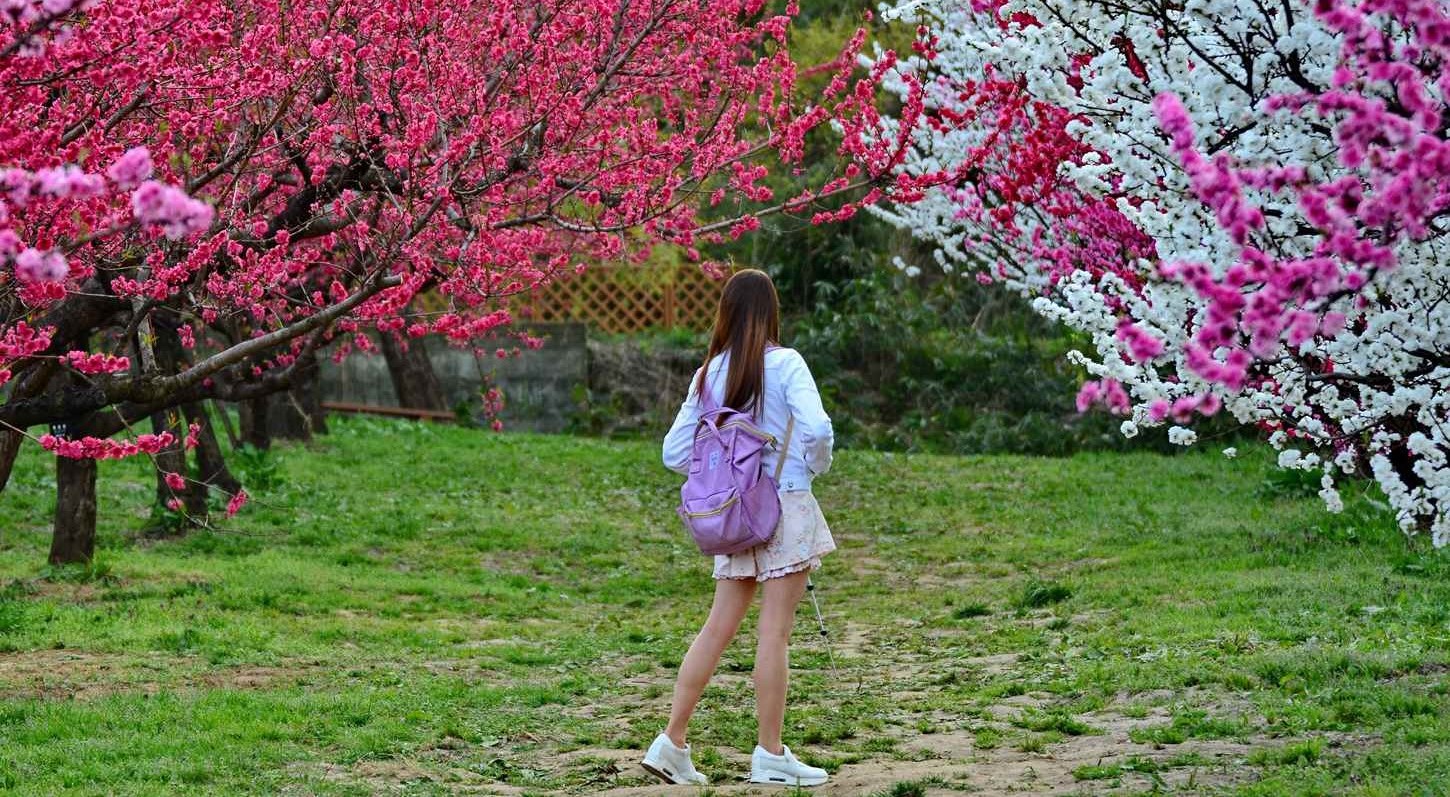7 Chome-1-2 Nakadori, Akita, 010-0001 MAP
↓ Click to jump to the relevant section.
| Current Weather | Annual Weather | Tourist Attractions |
| Baggage Deposit | Hotels |
Current weather and clothing
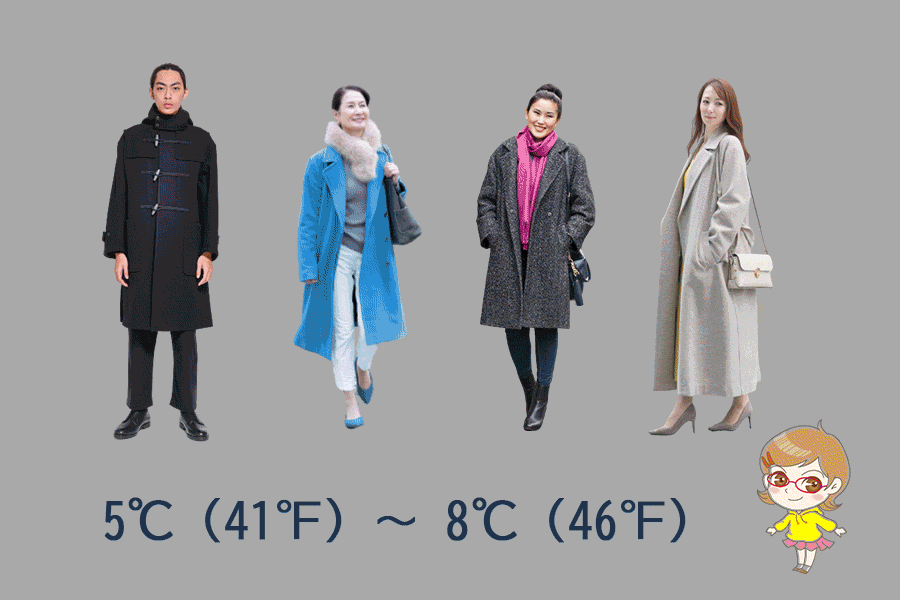
The weather information shown here is the information closest to the station in question. Please note that there may be slight differences.
Yearly temperature changes and recommended clothing
Clothing recommendations for each temperature range
When traveling in Japan with the following average temperatures, the recommended clothing is as follows:
Monthly changes in temperature, precipitation, and snowfall (1991~2020 average, Japan Meteorological Agency survey)
| Jan. | Feb. | Mar. | Apr. | May | Jun. | Jul. | Aug. | Sep. | Oct. | Nov. | Dec. | |
| temperature(°C) | 0.4 | 0.8 | 4.0 | 9.6 | 15.2 | 19.6 | 23.4 | 25.0 | 21.0 | 14.5 | 8.3 | 2.8 |
| precipitation(mm) | 118.9 | 98.5 | 99.5 | 109.9 | 125.0 | 122.9 | 197.0 | 184.6 | 161.0 | 175.5 | 189.1 | 159.8 |
| snowfall(cm) | 100 | 79 | 30 | 1 | — | — | — | — | — | — | 6 | 58 |
Winter
December
In December, the temperature drops even more with an average high of 2.8°C. The snowfall becomes heavier with an average snowfall of 58 cm. Warm clothing such as thick coats, gloves, hats, and scarves are essential for both men and women. Layers of clothing, including sweaters or long johns, may be necessary to keep warm.
January
January is one of the coldest months of the year in Akita with the average temperature being 0.4°C. The weather is generally very chilly and can often be cloudy, with an average of 118.9mm of precipitation for the month. It is crucial to have adequate layers of warm clothing such as thermal underwear, a sweater or hoodie, a warm jacket, a scarf, gloves and a hat to keep warm. Both men and women should wear waterproof boots or shoes, as the ground may be wet or covered in snow and ice.
February
In February, the average temperature increases slightly to 0.8°C. Snowfall is common during this time and can be heavy, with an average of 98.5mm of precipitation for the month. Therefore, it is recommended to wear warm clothing similar to January, including a heavy winter coat, scarf, gloves, and a hat to keep warm. Men and women should wear waterproof boots with good traction to prevent slipping on snow and ice.
Spring
March
March is still chilly, with an average temperature of 4.0°C, but with the coming of spring, temperatures begin to rise. Rainfall increases during this month, with an average of 99.5mm of precipitation. It is still essential to wear warm clothing like a warm coat, thermal underwear, a sweater, and a scarf. Additionally, rain gear such as a waterproof jacket and shoes are also necessary. Waterproof shoes with good traction will help prevent slipping on wet ground.
April
In April, temperatures increase significantly. April is a transition month, with the weather changing from the cold, damp winter to the warm, mild spring. The average rainfall for April is 109.9 mm, and there is a possibility of snowfall during the first half of the month. For men, a light jacket or sweater may suffice, but women may want to bring a heavier jacket or sweater, as they may feel colder. A raincoat or umbrella is also necessary since April is known for being rainy.
May
May is the beginning of spring, with the average temperature increasing to 15.2°C. The weather is mild and comfortable. The precipitation during May is about 125.0 mm, and the weather can be cloudy or sunny. In May, a light jacket or sweater should be sufficient, but it is important to bring rain gear like a raincoat or an umbrella since it is still a relatively rainy season.
Summer
June
In June, the weather becomes more pleasant, with an average temperature of 19.6°C. The rainfall in June is about 122.9 mm, and the weather can range from cloudy to sunny. Men and women can wear light clothing like T-shirts and shorts or skirts during this month, but it is still recommended to bring a light jacket in case of rain.
July
In July, the temperature in Akita is quite warm with an average high of 23.4°C. It is also the rainiest month of the year, with an average precipitation of 197.0 mm, so be prepared for rain when visiting this area. Lightweight, breathable clothing made of cotton or linen would be suitable for both men and women. Women may opt for sundresses or skirts, while men may want to wear lightweight pants or shorts and a shirt.
August
August in Akita is similarly warm with an average high of 25°C. It is also quite rainy, with an average precipitation of 184.6 mm. Short-sleeved shirts and shorts for men, and sundresses, shorts, and skirts for women are suitable for this month.
Autumn
September
In September, the temperature starts to cool down with an average high of 21°C. It is still quite rainy with an average precipitation of 161.0 mm. It may be advisable to pack a light jacket or sweater for the cooler nights. Men and women can wear long-sleeved shirts and lightweight pants.
October
October in Akita brings a big change to the weather, with an average high of 14.5°C. The average precipitation is 175.5 mm. It is highly recommended to pack warm clothing for the fall weather, including a heavy jacket, boots, and pants. Women can wear sweaters or cardigans, while men may opt for a long-sleeved shirt and a light jacket.
November
In November, the temperature continues to drop, with an average high of 8.3°C. The rainfall is still low, but snowfall starts to occur with an average snowfall of 6cm. For this month, it is necessary to bring heavy winter clothes, including a thick jacket, hat, scarf, and gloves. Women can wear sweaters or cardigans with a heavy coat, while men may need a thick sweater, jacket, and pants.
Recommended tourist destinations
Kakunodate Samurai District
52 Kakunodatemachi Kakunodate, Semboku, Akita 014-0325
This well-preserved samurai district showcases the traditional architecture and lifestyle of the Edo period. Visitors can explore the historic samurai houses, museums, and shops, and enjoy the cherry blossoms in the spring and autumn foliage in the fall.
Aoyagi Samurai Manor Museum
26 Katsunodatemachi Higashi Katuraku-cho, Semboku 014-0325 Akita Prefecture
This is the representative samurai residence of Kakunodate. Swords, armor, helmets, Akita Dutch paintings, traditional crafts, etc. are displayed in the beautifully landscaped 3,000 tsubo residence. The restaurant and cafe “Haikarakan” are also popular.
Lake Tazawa
Tazawako-Kosaka, Semboku, Akita 014-1201
Lake Tazawa, one of the deepest lakes in Japan, is known for its crystal-clear blue water and scenic surroundings. Visitors can enjoy a range of activities, including boat rides, hiking, and hot springs. The area is also famous for its delicious local cuisine, such as Akita kiritanpo and Inaniwa udon.
Senshu park
Senshukoen, Akita 010-0876 Akita Prefecture
A park developed from the ruins of a castle where the lord of the Akita clan resided. Visitors can feel the atmosphere of the Edo period with its Japanese-style garden, tea ceremony room teahouse, and castle gate.
Akita Cultural Industry Facility Matsushita
1-3 Senshukoen, Akita 010-0876 Akita Prefecture
A cultural facility renovated from a kappo (Japanese cooking) restaurant built about 100 years ago in Senshu Park. Visitors can watch “Akita Maiko” dance.
Nyuto Onsenkyo
Tazawako Tazawa, Semboku 014-1204 Akita Prefecture
Akita Prefecture’s most famous hot spring resort, located near Lake Tazawa. In winter, visitors can enjoy the open-air baths while viewing the snow.
Namahage Museum
Mizukuisawa Kitaurashinzan, Oga 010-0685 Akita Prefecture
“Namahage” is a traditional event that takes place only in this region, in which a frightening-looking demon visits people’s homes once a year to scare lazy children. It is registered as an Intangible Cultural Heritage by UNESCO.
Akita Museum Of Art
1-4-2 Nakadori, Akita 010-0001 Akita Prefecture
An art museum that houses the works of Tsuguharu Fujita. The large mural painting by Fujita, “Akita no Gyoji” (Akita’s Events), is a particular highlight.
Akita Dog Station
1-4-1 Nakadori Area Nakaichi 1F, Akita 010-0001 Akita Prefecture
This facility, located on the first floor of a building that also houses the Akita Museum of Art, is dedicated to the protection of Akita dogs. Visitors can take pictures of Akita dogs, although they cannot touch them directly.
Shirakami-Sanchi
Fujikoto, Fujisatomachi, Yamamoto-gun 018-3201 Akita Prefecture
A UNESCO World Heritage site, this pristine mountain range is home to virgin beech forests and an extensive network of hiking trails, drawing nature enthusiasts from across the globe.
Where to leave your luggage
There are four coin locker locations outside the ticket gates at Akita Station.
1) West Exit, 2nd floor: Go out the central ticket gate and turn right (west exit side), and you will see a restaurant, next to which coin lockers are located.
2) West Exit Parking Lot Access: Go further to the West Exit from the location in 1). You will see a sign that reads “Topico Ars No. 1 Parking Lot Access.
3) West exit side, 1st floor, behind the stairs: Exit through the central ticket gate and use the stairs leading to the west exit to go down to the 1st floor. The staircase is located behind the stairs.
4) Metropolitan Exit: Located on the left side after exiting the ticket gate called “Metropolitan Exit.
Recommended hotels and inns
Akita Castle Hotel
1-3-5 Nakadori, Akita 010-0001 Akita Prefecture
5-minutes walk from Akita Station
Hotel class: 4
Hotel style: Business, Centrally Located
Check Rates & Availability:
>> See on Tripadvisor
>> See on Trip.com
>> See on Expedia
Hotel Metropolitan Akita
7-2-1 Nakadori, Akita 010-0001 Akita Prefecture
1-minute walk from Akita Station
Hotel class: 3
Hotel style: Charming, Mid-range
Check Rates & Availability:
>> See on Tripadvisor
>> See on Trip.com
>> See on Expedia
Richmond Hotel Akita Ekimae
2-2-26 Nakadori, Akita 010-0001 Akita Prefecture
5-minutes walk from Akita Station
Hotel class: 3
Hotel style: Mid-range, Centrally Located
Check Rates & Availability:
>> See on Tripadvisor
>> See on Trip.com
>> See on Expedia
ANA Crowne Plaza Akita, an IHG Hotel
2-6-1 Nakadori, Akita 010-0001 Akita Prefecture
4-minutes walk from Akita Station
Hotel class: 3
Hotel style: Family, Business
Check Rates & Availability:
>> See on Tripadvisor
>> See on Trip.com
>> See on Expedia
Hotel Dormy Inn Akita
2-3-1 Nakadori, Akita 010-0001 Akita Prefecture
6-minutes walk from Akita Station
Hotel class: 3
Hotel style: Business
Check Rates & Availability:
>> See on Tripadvisor
>> See on Trip.com
>> See on Expedia
Comfort Hotel Akita
3-23 Senshukubota-machi, Akita 010-0874 Akita Prefecture
3-minutes walk from Akita Station
Hotel class: 3
Hotel style:Centrally Located, Business
Check Rates & Availability:
>> See on Tripadvisor
>> See on Trip.com
>> See on Expedia
Daiwa Roynet Hotel Akita
2-2-41 O-machi, Akita 010-0921 Akita Prefecture
13-minutes walk from Akita Station
Hotel class: 3
Hotel style:Business
Check Rates & Availability:
>> See on Tripadvisor
>> See on Trip.com
>> See on Expedia
Toyoko Inn Akita-eki Higashi-guchi
4-1 Higashidori Nakamachi, Akita 010-0002 Akita Prefecture
2-minutes walk from Akita Station
Hotel class: 3
Hotel style: Centrally Located, Business
Check Rates & Availability:
>> See on Tripadvisor
>> See on Trip.com
>> See on Expedia
Route-Inn Grantia Akita Spa Resort
5-2-1 Nakadori, Akita 010-0001 Akita Prefecture
14-minutes walk from Akita Station
Hotel class: 3
Hotel style: Family
Check Rates & Availability:
>> See on Tripadvisor
>> See on Trip.com
>> See on Expedia
We support your itinerary planning!
Click the button to get an overview of hotel information and popular tourist routes from all over Japan featured on our site. We’ve included comprehensive details to aid in planning your trip, so please make use of it.
Comprehensive checklist before traveling to Japan
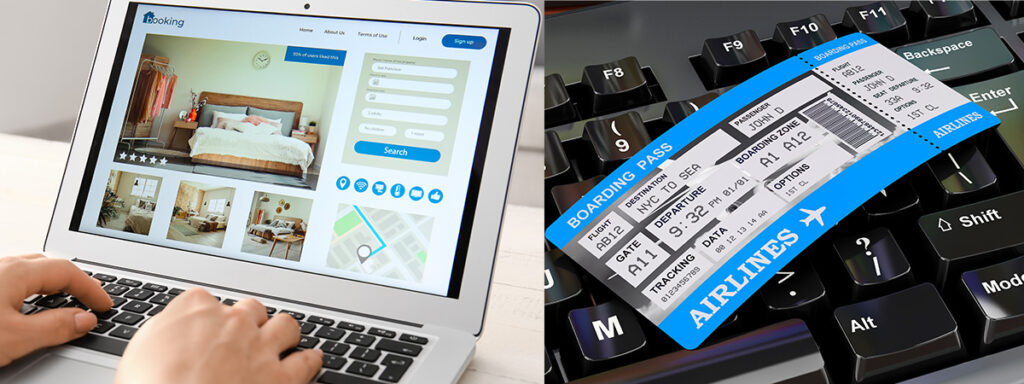
Book flights
Compare and purchase flight tickets
When planning your trip to Japan, it's advisable to start by researching flights several months in advance. Airlines often release promotional fares, especially during off-peak seasons. Use comparison sites like Skyscanner or KAYAK to get a sense of the price range. Be flexible with your travel dates if possible; flying mid-week might be cheaper than on weekends.
>> Visit Skyscanner's official website
>> Visit KAYAK's official website
Order Japan Rail Passes for each family member
Purchase your Japan Rail Pass before departure
The Japan Rail (JR) Pass offers unlimited travel on JR trains, making it a cost-effective option for tourists. However, it's only available to foreign tourists and must be purchased *before* you arrive in Japan. Determine the areas you plan to visit; if you're traveling extensively, a nationwide pass is beneficial, but if you're only exploring a specific region, consider regional JR passes. Children under 12 get a discounted pass, so ensure you order the correct type for each family member.
>>Visit Japan Rail Pass's website
Plan your attire for Japan
Check the weather at your destination on this site
Japanese weather varies significantly by season. In summer, it's hot and humid, so breathable clothes are essential. Winters, especially in the north, can be cold, requiring warm attire. If visiting during the rainy season (June to early July), pack a good umbrella and waterproof shoes. While Japan is generally casual, certain places like temples, shrines, or upscale restaurants may require modest and neat dressing.
Reserve a pocket Wi-Fi or SIM card
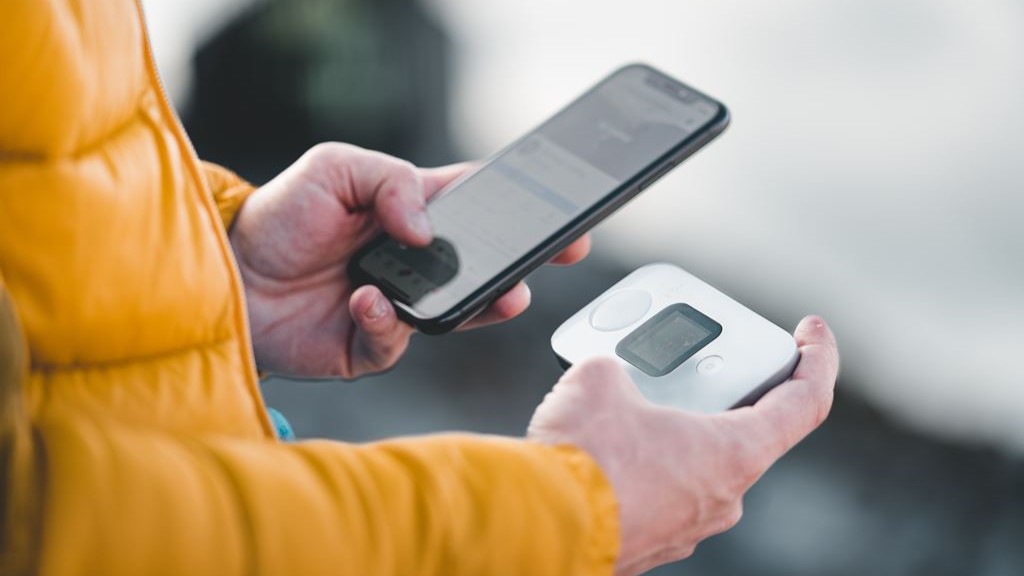
SIM card or pocket Wi-Fi is required
Beyond clothes, consider packing essentials like a universal power adapter (Japan uses Type A and B sockets), portable Wi-Fi or SIM card for internet access, and any necessary medications (with a copy of the prescription).
Which is better: a SIM card or pocket Wi-Fi?
When traveling in Japan, one essential to consider is securing internet access, especially given that many locations still don't offer free Wi-Fi. To ensure you can use your smartphone throughout your trip, you'll typically have three options: (1) a SIM card, (2) pocket Wi-Fi, or (3) the roaming service provided by your mobile company. Roaming services can be quite expensive, so we often recommend using a SIM card or pocket Wi-Fi. While SIM cards tend to be more affordable than pocket Wi-Fi, they can be trickier to set up. Pocket Wi-Fi, on the other hand, can be shared among several users, making it a favorable choice for families or groups.
▼SIM card
Advantages:
Relatively affordable.
Disadvantages:
Can be time-consuming to set up initially.
May have strict data limits.
▼Pocket Wi-Fi
Advantages:
Offers substantial data allowances.
A single device can be shared among multiple users.
Easily usable with PCs as well.
Disadvantages:
Typically more expensive.
Japan's representative services
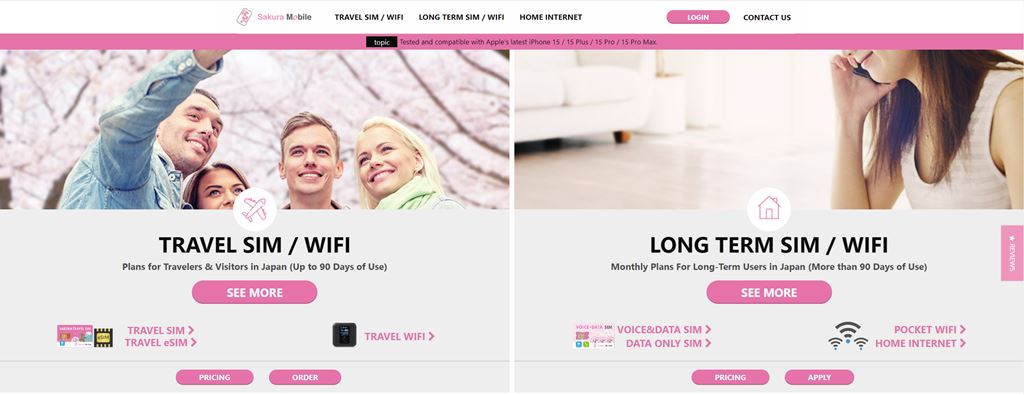
Sakura Mobile's website
▼SIM card
>>Visit Sakura Mobile's official website
>>Visit mobal's official website
▼pocket Wi-Fi
>>Visit Sakura Mobile's official website
>>Visit NINJA WiFi's official website
>>Visit Wi-Fi RENTAL Store's official website
Book local tours as needed
Pre-book your tour and have a great trip!
Local tours offer deep insights into Japan's culture and heritage. Websites like Viator or GetYourGuide offer a variety of tours, from traditional tea ceremonies to modern pop culture tours in Akihabara. Consider unique experiences like staying with monks on Mt. Koya or taking a cooking class to learn authentic Japanese dishes.
>>Visit Viator's official website
>>Visit GetYourGuide's official website
Purchase advance tickets for popular attractions
Make a reservation to avoid crowds
Attractions like Tokyo Disneyland, Universal Studios Japan, or the Studio Ghibli Museum often have long ticket queues. Buy tickets online in advance to save time. Some attractions also have timed entry, so check the specific time slots available and plan accordingly.
▼Tokyo Disney Resort
>>Visit Tokyo Disney Resort official website
>>Visit Viator's Tokyo Disneyland page
>>Visit Viator's Tokyo DisneySea page
>>Visit GetYourGuide's Tokyo Disneyland page
>>Visit GetYourGuide's Tokyo DisneySea page
▼Universal Studios Japan
>>Visit USJ official website
>>Visit Viator's USJ page
>>Visit GetYourGuide's USJ page
Buy travel insurance

insurance concept, health, life and travel insurance
It is important to be prepared for emergencies
While Japan is a safe country, travel insurance is crucial for unforeseen events like health emergencies, travel disruptions, or lost baggage. Ensure your policy covers medical expenses in Japan, as healthcare, though excellent, can be expensive.
Here we introduce online travel insurance services that are popular worldwide.
World Nomads: An online travel insurance service widely endorsed by travelers worldwide. They offer plans that cover adventurous activities and high-risk sports.
>>Visit World Nomads' official website
AIG Travel Guard: An insurance service available to travelers all over the world. They offer a wide range of options, including cancellation protection and emergency medical insurance.
>>Visit AIG Travel Guard's official website
Share your itinerary with emergency contacts
Organize your reservation information
Keep a digital and printed copy of your detailed itinerary, including hotel addresses, train schedules, and booked tours. Share this with a trusted family member or friend not traveling with you.

